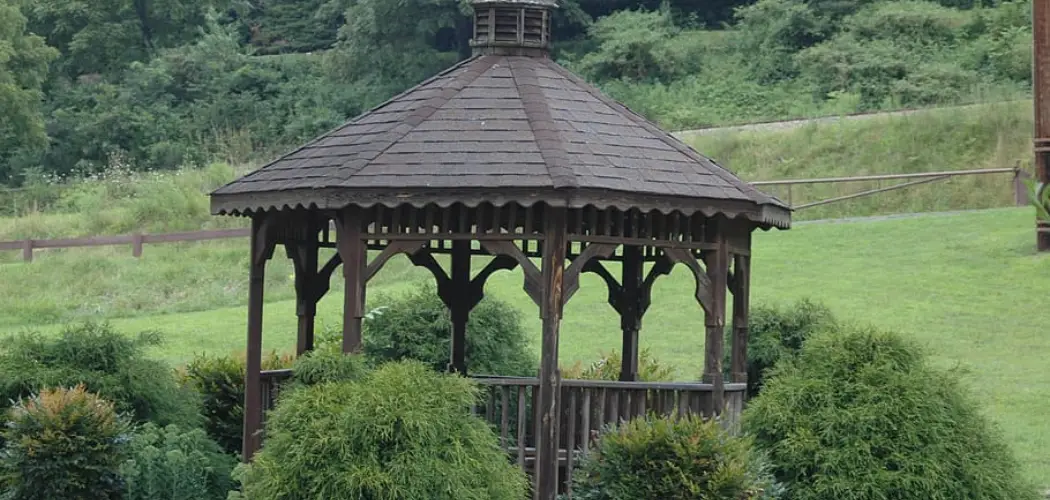Selecting the perfect gazebo is a decision that can transform your outdoor space into a haven of comfort, style, and relaxation. Gazebos come in a wide array of styles, sizes, and materials, making the choice both exciting and challenging.
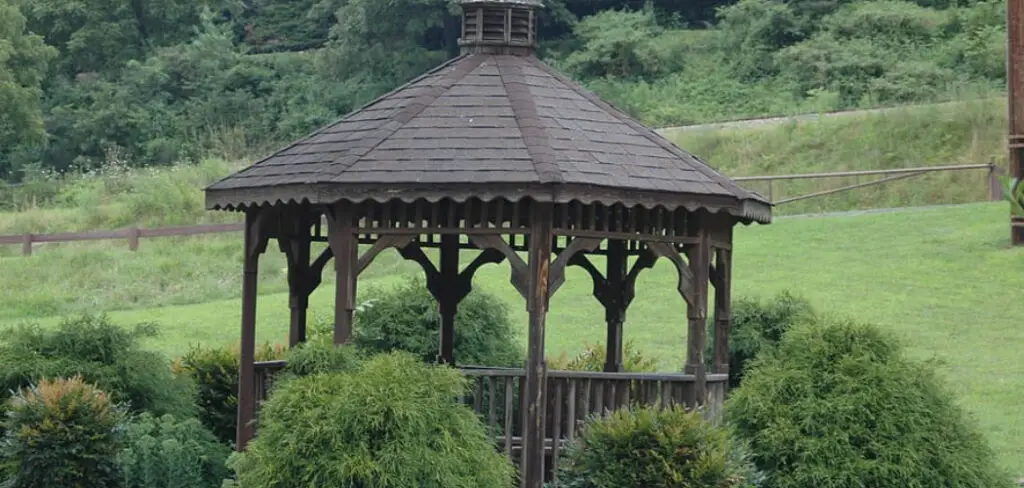
Whether you envision a quaint garden gazebo, a spacious backyard retreat, or a versatile outdoor dining area, the key to satisfaction lies in knowing how to choose the ideal gazebo for your needs. In this comprehensive guide, we will delve into how to build a gazebo foundation.
From understanding your intended use and budget to exploring design options and material choices, we’ll provide valuable insights and expert tips to ensure that your gazebo selection not only enhances the beauty of your outdoor space but also meets your functional requirements. So, let’s embark on this journey to discover How to Choose a Gazebo that will transform your outdoor oasis into a space of both beauty and utility.
Importance of Choosing the Right Gazebo
When it comes to setting up an outdoor living space, having the right gazebo can make all the difference. Not only does a gazebo help create an inviting atmosphere for your family and friends, but it also serves as protection from the elements. When choosing your gazebo, there are several factors you will need to consider in order to ensure you make the best decision.
First and foremost, consider the size of your gazebo. The size will depend on your available space and the type of activities you plan to use it for. If you need more room or want to host large events, a larger gazebo would be ideal. On the other hand, if your space is limited or you just need a simple seating area, then a smaller gazebo would work better.
Another important factor to consider is the materials used in the construction of your gazebo. You will want something durable that can withstand the elements and provide adequate protection without compromising on style.
Identifying How You Plan to Use the Gazebo
Once you’ve decided on the size and style of gazebo that best suits your needs, it’s time to determine how you’ll be using it. Will you be hosting barbeques or large outdoor parties? Do you plan to use it as a shelter for outdoor activities such as reading or yoga? Or maybe you’d like to create a unique space in your backyard for relaxation?
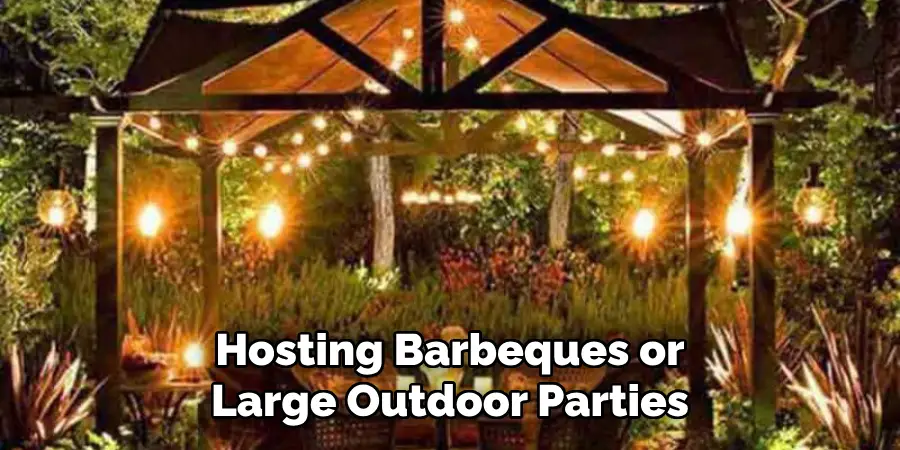
Depending on how you plan to use the structure, there are certain features you should look for in a gazebo. If you’ve decided to host outdoor events, make sure the gazebo is durable, with strong posts and beams that can withstand winds.
A good option would be an aluminum frame gazebo, as this material is known for its strength and moisture resistance properties.
For activities such as yoga or reading, look for a gazebo that provides protection from the elements while still allowing adequate ventilation. A screened-in gazebo with adjustable netting can provide both coverage from sunlight and bugs, as well as fresh air flow.
10 Methods How to Choose a Gazebo
1. Consider the Size of Your Space
When choosing a gazebo, one of the most important considerations is the size of your space. Measure the area where you plan to install your gazebo and make sure that it can accommodate the size of the gazebo you are considering. If you have a small yard or patio, choose a smaller gazebo that won’t take up too much space.
2. Choose a Style That Suits Your Needs
Gazebos come in a variety of styles, from traditional octagonal shapes to modern rectangular designs. Think about how you plan to use your gazebo and choose one that suits your needs.
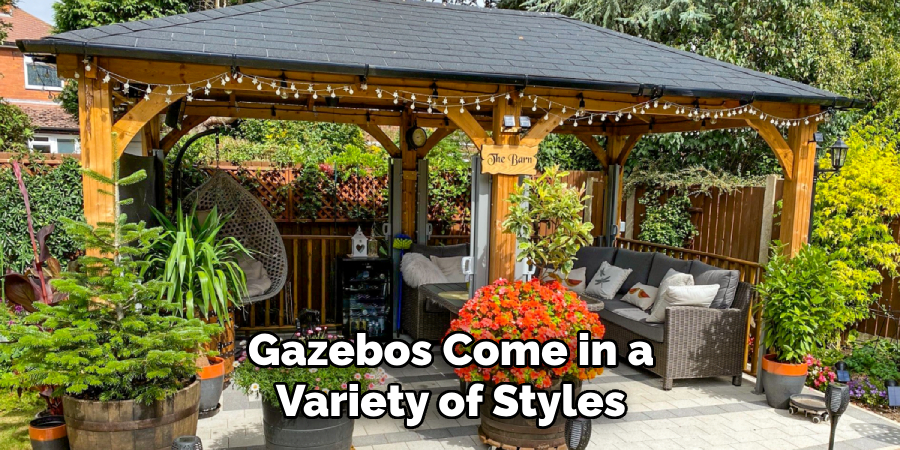
For example, if you plan to entertain guests, choose a larger model with plenty of seating space; if you want to create an intimate outdoor retreat, opt for a smaller model with romantic features such as curtains or hanging lights.
3. Decide on Materials
Gazebos are available in a variety of materials, including wood, vinyl, aluminum, and fiberglass. Each material has its own advantages and disadvantages; for example, wood is more aesthetically pleasing but requires more maintenance than other materials such as vinyl or aluminum. Consider which material will best suit your needs before making your purchase.
4. Select an Appropriate Roof Type
Gazebos typically have either flat roofs or pitched roofs; each type has its own benefits and drawbacks. Flat roofs provide more shade but can be prone to leaking in heavy rain; pitched roofs offer better protection against inclement weather but may not provide as much shade as flat roofs do. Consider which roof type will best suit your needs before making your purchase.
5. Look at Color Options
Many gazebos come in various colors so you can choose one that complements the rest of your outdoor decor scheme. Think about what color will look best in your space and select one that enhances rather than detracts from the overall look of your garden or patio area. Additionally, some models come with interchangeable fabric covers so you can easily change up the look when desired!
6. Consider Accessories
When selecting a gazebo, think about any additional accessories that might enhance its functionality or aesthetic appeal; for example, many models feature built-in lighting systems which can help create an inviting atmosphere after dark!
Additionally, some models come with integrated storage shelves or cabinets which provide extra storage space for items such as cushions or serving platters when entertaining guests outdoors!
7. Check for Durability Features
Make sure to check for durability features when selecting a gazebo; these features will help ensure that it stands up well over time even when exposed to harsh weather conditions such as wind and rain!
Look for features such as galvanized steel frames which are rust-resistant and UV-protected fabrics that won’t fade over time due to exposure to sunlight!
8. Ensure Quality Construction
It’s important to make sure that the gazebo is constructed from quality materials; this will ensure that it lasts longer and performs better over time! Be sure to read customer reviews online before making your purchase so you can get an idea of how well different models perform under real-life conditions!
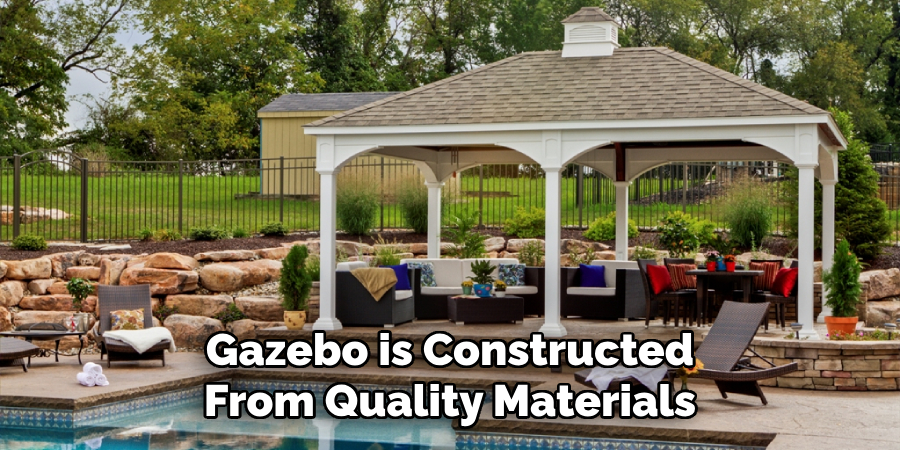
You should also check out warranties offered by different manufacturers so you know what kind of coverage is included should something go wrong with your purchase!
9. Look at Ease Of Assembly
If you plan on assembling the gazebo yourself rather than hiring someone else to do it for you then be sure to check out how easy it is to assemble beforehand! Some models require multiple people while others may be simple enough for just one person; consider how much effort (and time!) assembly is likely going to take before committing to buy!
10. Compare Prices And Brands
Finally, compare prices across different brands before making your purchase; this way, you’ll be able to get the best value possible! Don’t forget, however, that price isn’t everything; consider factors like quality construction, ease of assembly, durability features, accessories included, etc. when deciding which model is right for you!
Things to Consider When Choosing a Gazebo
When selecting a gazebo, there are several factors to keep in mind. These include size, shape, material and other features. Here are a few things to keep in mind when choosing your perfect gazebo.
Size
Gazebos come in various sizes and shapes so it is important to determine the size needed for the space. Measure the area to make sure there is enough room for the gazebo and any additional features you want to include. Keep in mind that some styles require more floor space than others.
Shape
Gazebos come in a variety of shapes, from rectangular to octagonal or even round. Consider what shape would be most suitable for the space. For example, an octagonal gazebo could work well in a corner of the garden while a rectangular one would fit better in a larger area.
Material
Gazebos can be made from various materials including wood, metal or vinyl. Each material has its benefits and drawbacks so consider which option would suit your needs best.
Wood is often the most aesthetically pleasing, but requires regular maintenance to prevent rot and weather damage. Metal is more durable, but may not fit as well with the garden’s overall aesthetic.
Features
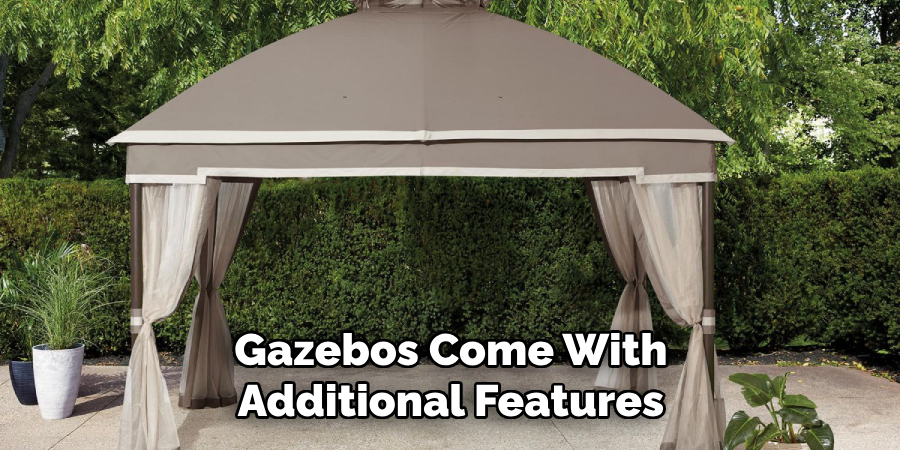
Many gazebos come with additional features such as built-in seating, a canopy or even lighting fixtures. Decide whether you need any of these extras and look for models that include them. It may be worth paying a bit more if the features are something you really want.
Conclusion
Building your own gazebo foundation is an achievable task. You can build a solid and lasting foundation that will serve as the base of your new outdoor structure and increase the value of your property for years to come. Any challenges you encounter along the way can be addressed by researching available resources.
Whether you’re an experienced home improvement expert or just starting out, having a realistic plan, good materials, and careful execution will help ensure success in creating your perfect gazebo foundation.
So take up this project with confidence and don’t forget to take pictures along the way! Thanks for reading, and we hope this has given you some inspiration on how to build a gazebo foundation!

